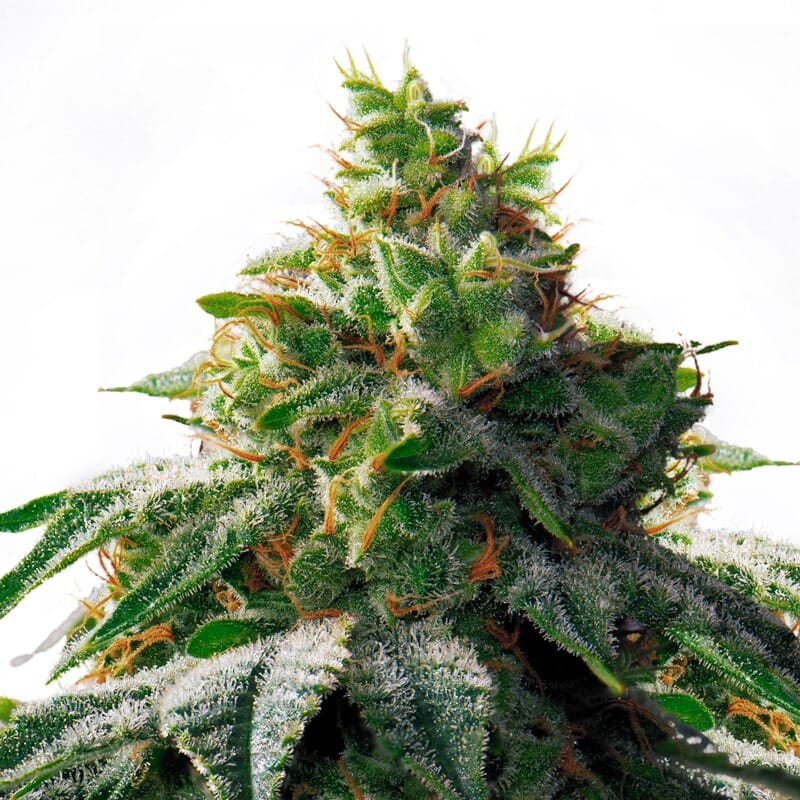Rapeh, a powder made from ancient Amazonian plants with tobacco as its main ingredient, is considered both a physical and spiritual medicine that contributes to the purification of the pineal gland. This gland, located in the brain, is believed to provide a direct connection to universal energy. Rapé, also known as Rapeh, Hapé, or Hapay, is a type of tobacco that is inhaled and used in South American shamanic practices. It consists of a mixture of powdered plants, including tobacco and tree ash, and is administered by insufflation, or blowing into the nose, as part of sacred ceremonies.
Rapeh often Used in Combination with Ayahuasca and DMT
It is often used in combination with other ceremonial medicinal plants, such as ayahuasca and DMT. The formulation contains plant and mineral ingredients that have been used by various Amazonian tribes for thousands of years.

rapé is a form of tobacco used in Amazonian shamanism and is administered through a pipe called a Kuripe or Tepi, which is blown directly into the nostrils. This practice, which plays an essential role in shamanic traditions, is derived from plants such as Nicotiana tabacum and Nicotiana rustica, which have been used for medicinal purposes in the Americas for thousands of years.
Throughout history, tobacco has been consumed both smoked and inhaled. Its name, “tobacco,” probably comes from the pipe used by Native Americans to smoke it. Since its inception, indigenous communities in the Americas have used tobacco for medicinal and recreational purposes. According to Daniss Lasserna, a therapist and researcher of ancestral knowledge, members of these tribes are in constant contact with nature, fasting and isolating themselves to purify themselves energetically before using tobacco as medicine.
Tobacco insufflation, or inhalation, was a common practice in the Americas before its discovery by Westerners in the 16th century. It spread rapidly to Europe, where it was popular with the aristocracy. In 1624, however, the Pope condemned its use because the pleasurable sensation of sneezing (after insufflation) resembled sexual ecstasy. Despite its decline in Europe in the 19th century, the tradition of rapé, especially Rapeh mixtures, continues to be important in the shamanic cultures of the Amazon.
Rapé, a specific type of tobacco found throughout the Amazon, usually contains Nicotiana rustica and is mixed with other plants. In addition to its medicinal use, its use is considered a form of self-knowledge and a way of transmitting wisdom among generations of traditional practitioners in Amazonian tribes.
Ancestral use
The rapé can be used in two ways: individually, in a moment of solitude, or as part of a ritual led by a therapist; however, its most common use is spiritual rather than medicinal, in nature. The Rapeh has been integrated into various Amazonian cultures, particularly among the Huni Kuin, Yawanawa, Katukina, Apurina, Nukini, and Kuntanawa. In these Amazonian tribal communities, it plays a fundamental role in social contexts, as well as in ceremonies and healing treatments.
In addition to its use as rapé, tobacco is consumed in a variety of ways in these cultures, including ingestion of the juice extracted from the plant, topical application as an ointment, or inclusion in ayahuasca recipes. Tobacco is used to purify and protect objects, and people, and to release negative energies. During ceremonies, much higher doses are administered to deepen introspective and self-understanding processes. The application of Rapeh through the nose creates an essential bond between therapist and patient that is fundamental to the healing process. Similarly, in Amazonian traditions, it is revered medicinal plant as any other. Shamans engage in years of preparation, fasting in its company and familiarizing themselves with its spirit through repeated trips to its spiritual realms.
“The medicine is not limited to rapé but resides in the intention of the one who administers it. Rapeh acts as a channel for spiritual energy, so it is critical that the person using it, maintains a neutral healing intention, toward the other person,” Lasserna said.
Exploring the Properties of Rapé
The therapist uses rape as part of therapy sessions, combining psychological questioning with dialogue. Patients gradually reveal their fears under her guidance, using Rapeh as well as other alternative medicines such as ayahuasca, DMT, and peyote. In addition to its therapeutic use, it is used to relieve allergies headaches, and to improve mental concentration when needed. It is important to keep in mind that excessive use of rape can lead to a mild dependence like smoking, and the frequency of use should be related to the physical or energetic ailment it is intended to treat.
Despite the traditional medicinal properties of rape and the pharmacological safety of nicotine, all tobacco products carry some risk, as tobacco in any form is potentially carcinogenic. Some research suggests that the powder may be less harmful than smoking tobacco, but most studies compare it to Western cigarettes, which contain harmful additives and chemicals. In short, there is no clear understanding of how the harmful effects of rape compare to other tobacco products.
For generations, Rapeh has been used for its medicinal properties, not only to treat physical ailments, but also to explore the inner energies of patients, restore spiritual balance, and eliminate negative energies in shamanic contexts.











